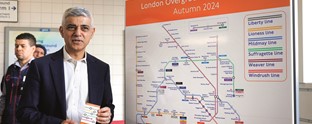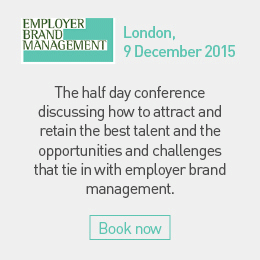Brand profile: Lego
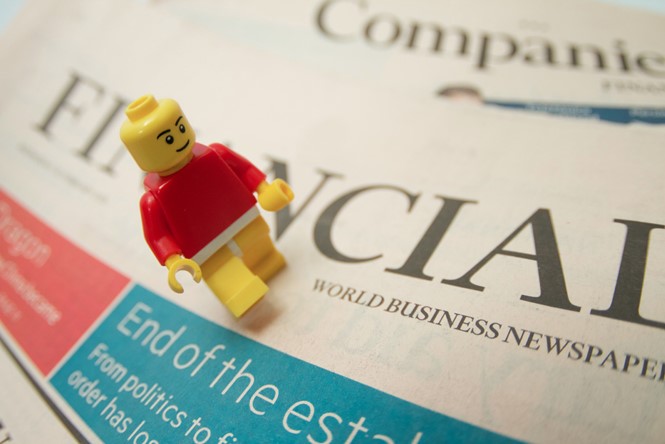
For Lego, being named most powerful brand in the world is an honour that has been decades in the making. Its intangible assets, relaxed approach to brand and newfound corporate leadership potency aver that everything is indeed, awesome. Andrew Thomas reports
Photographs by Sam Friedrich
"Everything is awesome,” sings Emmet, the accidental protagonist in the least-ironic of ironic theme tunes from the Lego Movie, last year’s box-office smash. It could, however, be an equally fitting corporate song for the Lego Group, the Danish toy manufacturer. Its 2014 results, announced February 25, showed a 15% increase in both revenue and profits. Remarkably for a one product company, it edged its way closer to becoming the number one toy brand over Mattel. Lego leads throughout much of the year, but only narrowly misses the top slot due to the phenomenal sales from Mattel at Christmas.Equally awesome for the 84 year-old organisation, its brand was recently announced by Brand Finance, the intangible asset valuation company, as the world’s most powerful brand, replacing Ferrari in the pole position.
It hasn't always been that way. Ten years ago, Lego was a basket case. In 2003, it reported losses of €210m, whilst servicing a €700m debt mountain. The future looked far from awesome. Amidst a mass of acquisitive interest, the Christiansen family, owners and direct descendants from Ole Kirk Christiansen, the carpenter/founder of the firm, decided they were not for selling and brought in former McKinsey management consultant Jorgen Vig Knudstorp to run the company.
Knudstorp later said that his initial strategy was not to have a strategy. “It was obvious that the strategy was wrong,” says Knudstorp. “But we didn’t know what the right strategy was. Because it looked like the right strategy on paper. So for the first two years of the transformation of the company we said, ‘Look, we don’t have a strategy, we have an action plan.’”
That action plan saw almost instant results. After a decade of dubious diversification and declining market share. Lego’s fortunes started reversing. By 2006, Lego was back in the black.
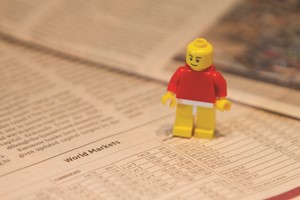
“FOR THE FIRST TWO YEARS OF THE TRANSFORMATION OF THE COMPANY WE SAID, ‘LOOK, WE DON’T HAVE A STRATEGY, WE HAVE AN ACTION PLAN"
Lego has always been a family run firm with a limited requirement of accountability to external or internal stakeholders. One of Knudstorp’s first changes was to improve the dialogue between management and employees. Up until then, financial performance was never shared within the organisation. Knudstorp introduced something he called the Visual Factory. Every Friday at 7am, the management would write on a whiteboard factory performance figures, using green numbers for good outcomes and red numbers for bad ones. As Knudstorp says on a recent interview on meettheboss.tv, “This sharing of data on how we’re doing is a social mechanism that starts driving change. We’re never going to put it on an IT system. Once you’ve written that number up there you don’t need to be told to change, you just start changing.”
This move to greater transparency extended to other stakeholders too. Lego’s positioning in Brand Finance’s powerful brands table is even more noteworthy as it is one of only two privately-owned companies included in the table. A listed company would find it hard to hide, but for a private company to top the list, it must position transparency at its core. According to Brand Finance’s Robert Haigh, “A lot of metrics go into the calculations; corporate reputation, employee satisfaction, investor relations. That it topped the table, says a lot about this company.”
A strong indicator for Brand Finance, and, indeed for any of the brand value metrics organisations, is the value of the intangible asset. “We look at the licensable part of the brand in quite a technical way. There is value in its trademarks, its logos, its names and so on. In Lego’s case much of that value lies in its cross-generational appeal. It is just as important for it to look fresh and appealing to children as it is to be memorable to the parents who played with it when they were younger.”
That cross-generational appeal is a possible explanation for the reticence with which Lego has played with its visual identity, practically unchanged since 1972.
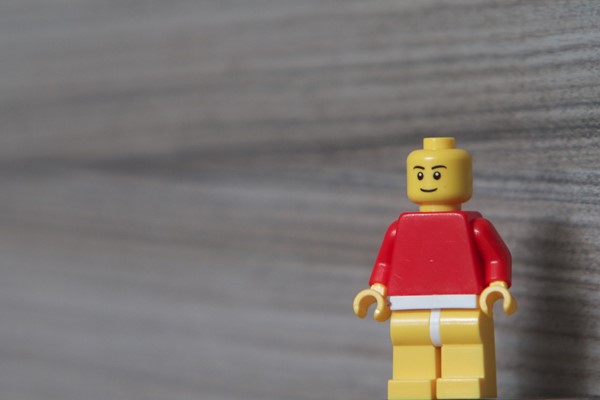
In many ways, the brand values have also remained unaltered; they include imagination, creativity, fun and learning. The problem for Lego is that so often the visible expression of its products (and by extension its brand values) lie out of its control. A brief Google video search on Lego brings up a staggering range of scenarios and animations, from reenactments of Macbeth to far less salubrious uses that even in plastic brick format would only get an adult release in a cinema.
However, Lego’s belief in the sense of creativity has led to surprisingly sanguine sense of brand ownership. According to Lego spokesman Roar Rude Trangbæk, although Lego’s focus is on delivering creative play for children it is happy with creative content created by adults or children around the world. “We are quite certain that people will know when there is something that is created that we as a brand are endorsing and when it is not something that we are endorsing. Obviously, we will take any measure that is necessary to protect our intellectual rights, our property and patents,” he says. “There is a difference between what you do in a commercial context, and what you do in a private context. So when you see a commercial use of Lego brick on like a brand, we will take a case-by-case evaluation of it, but of course it’s not allowed for organisations to use the Lego brand commercially without our approval. But we are totally in favour of everybody expressing their creativity. We respect that of course and if you look at all the video content on YouTube, there is much that is very creative and in line with what we do as a company. But there is also content that we as a company would never manufacture or endorse.”
It’s a relaxed approach to a brand. But it’s an approach that obviously works well. Lego’s turnover last year was €3bn, with a third of that coming from licensing agreements. Its brand value continues to grow and, now appointed the most powerful brand it can only be described as, well, awesome.

